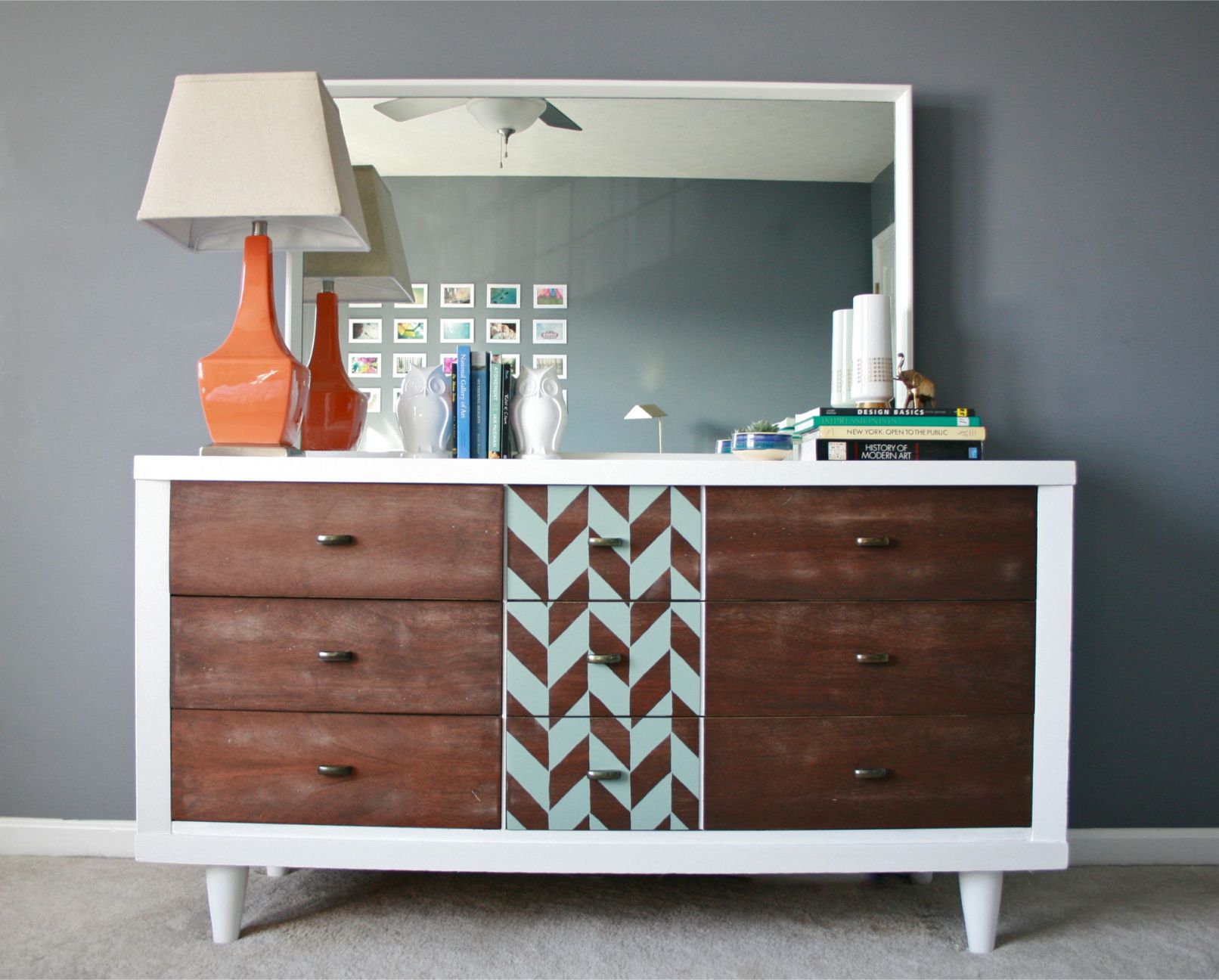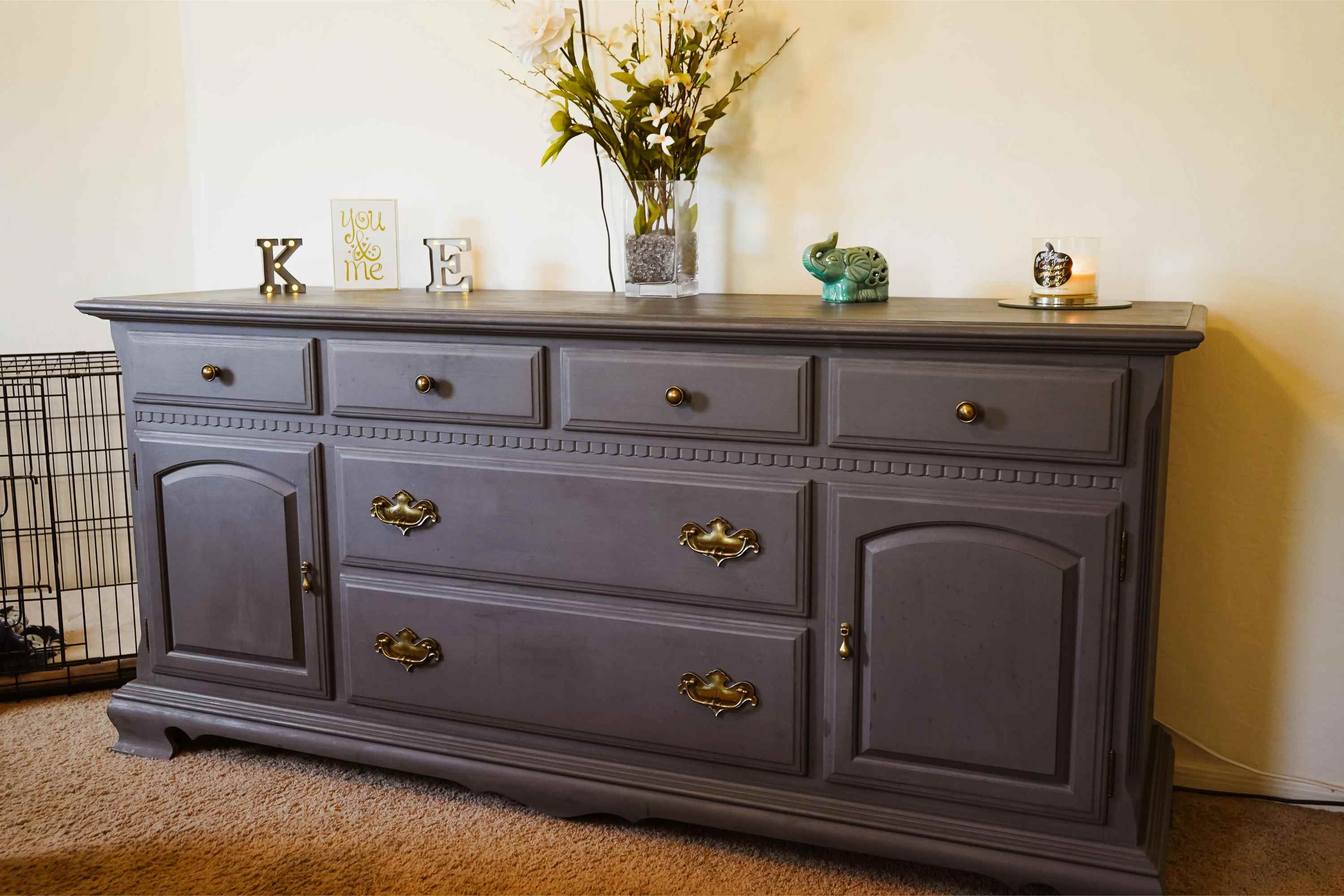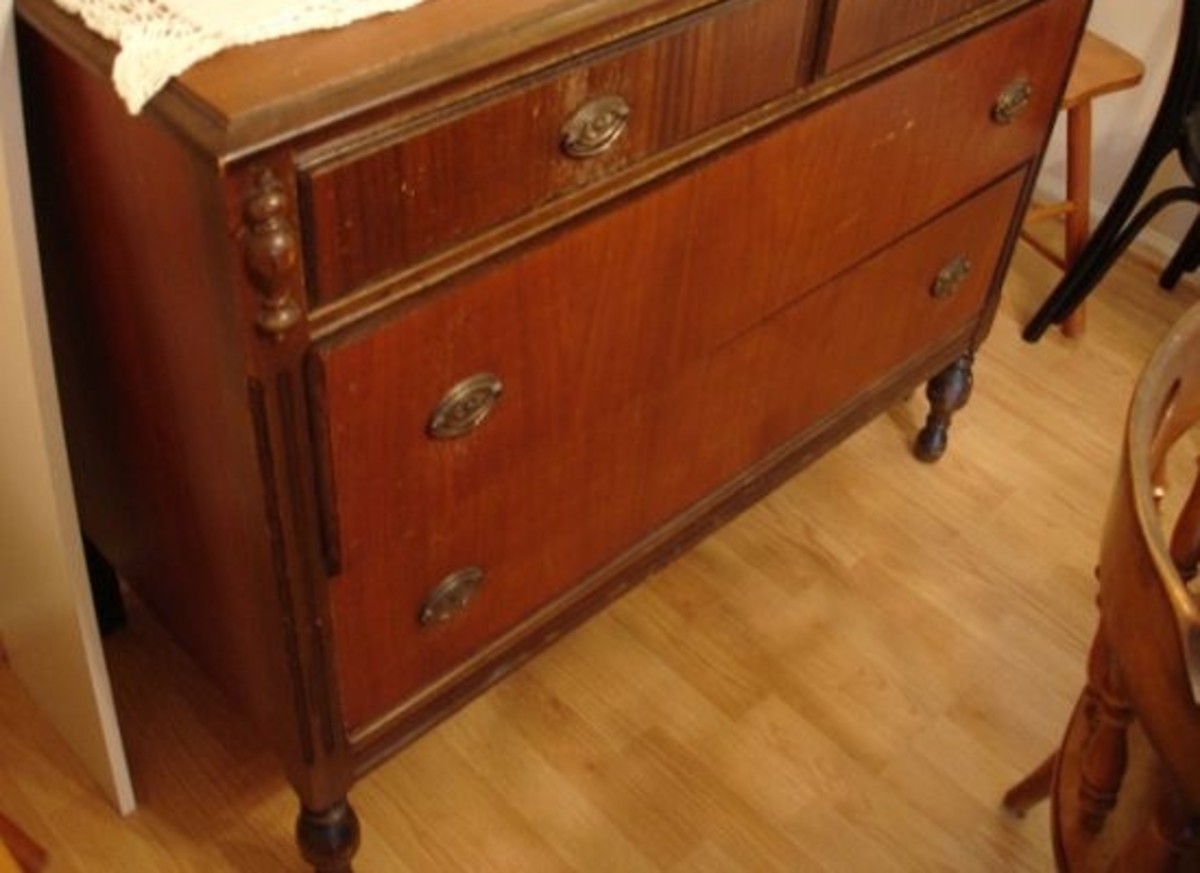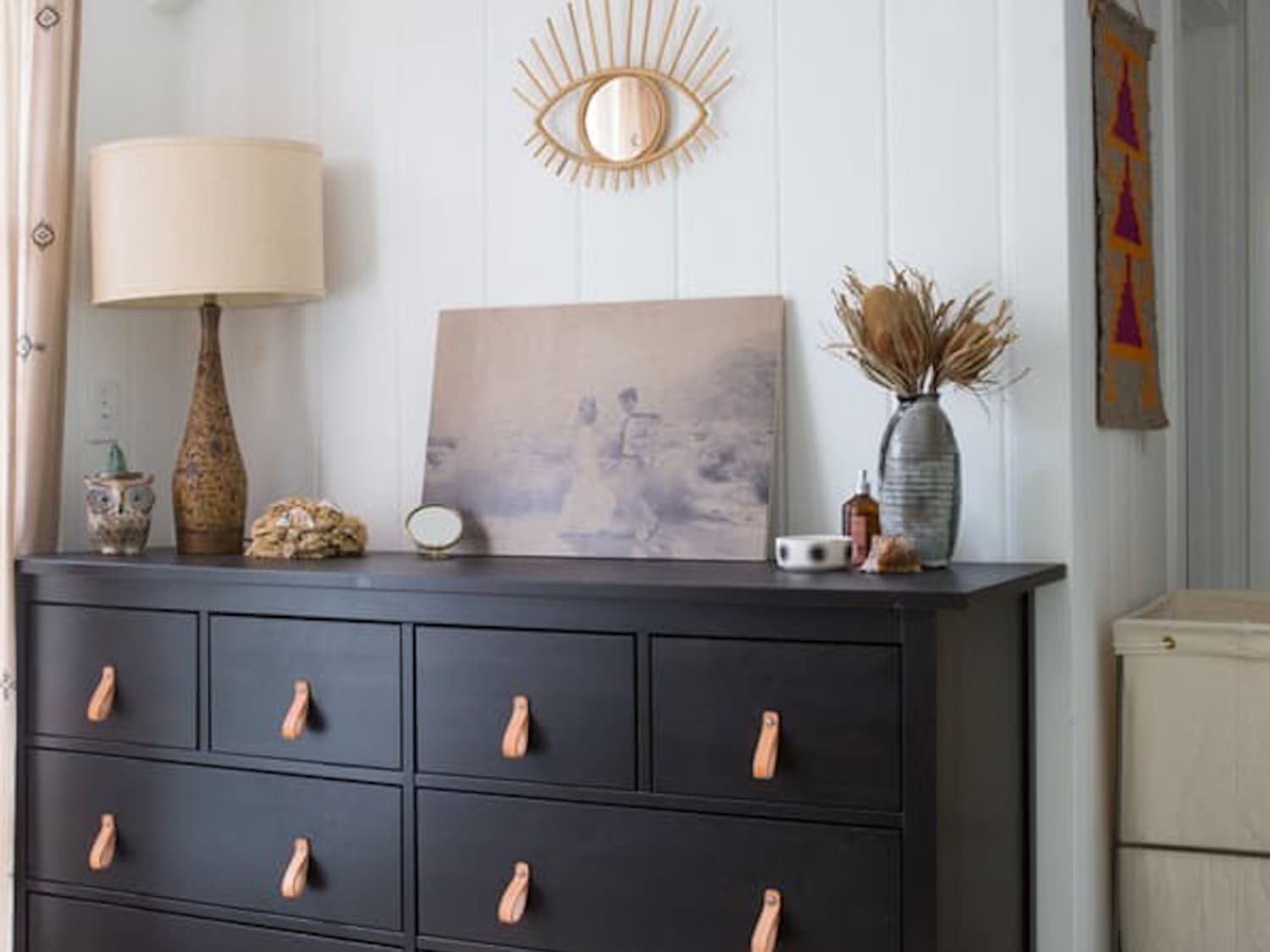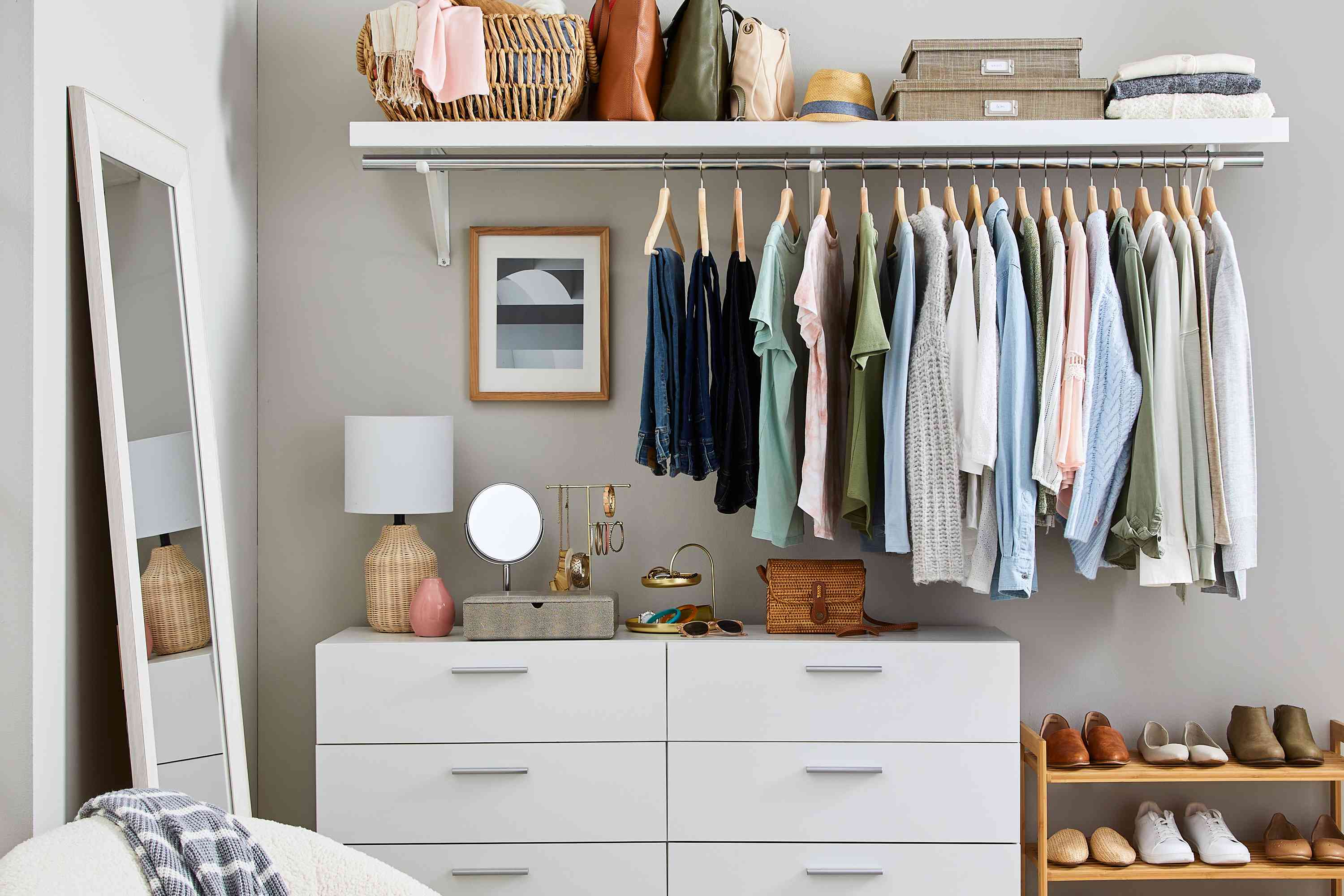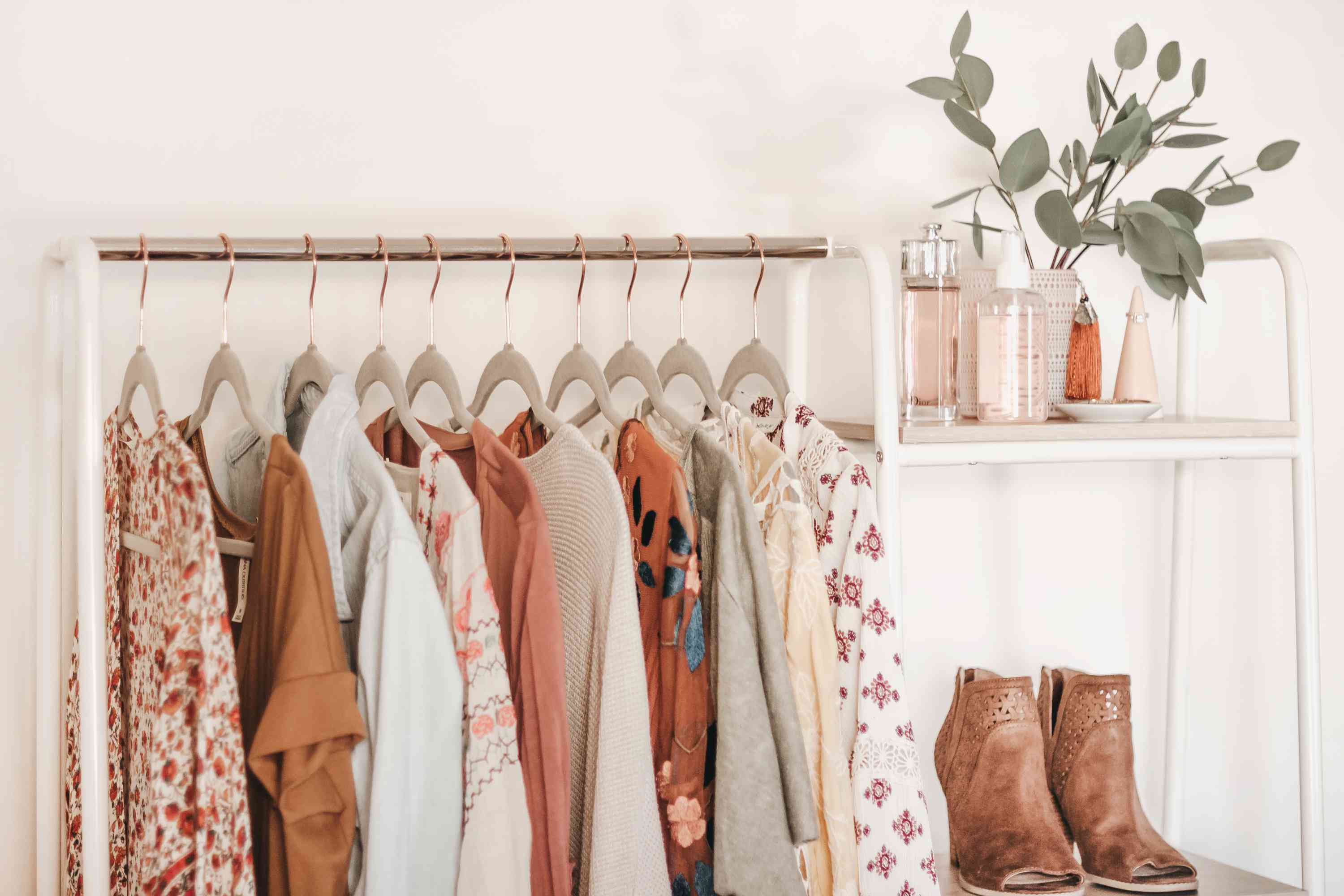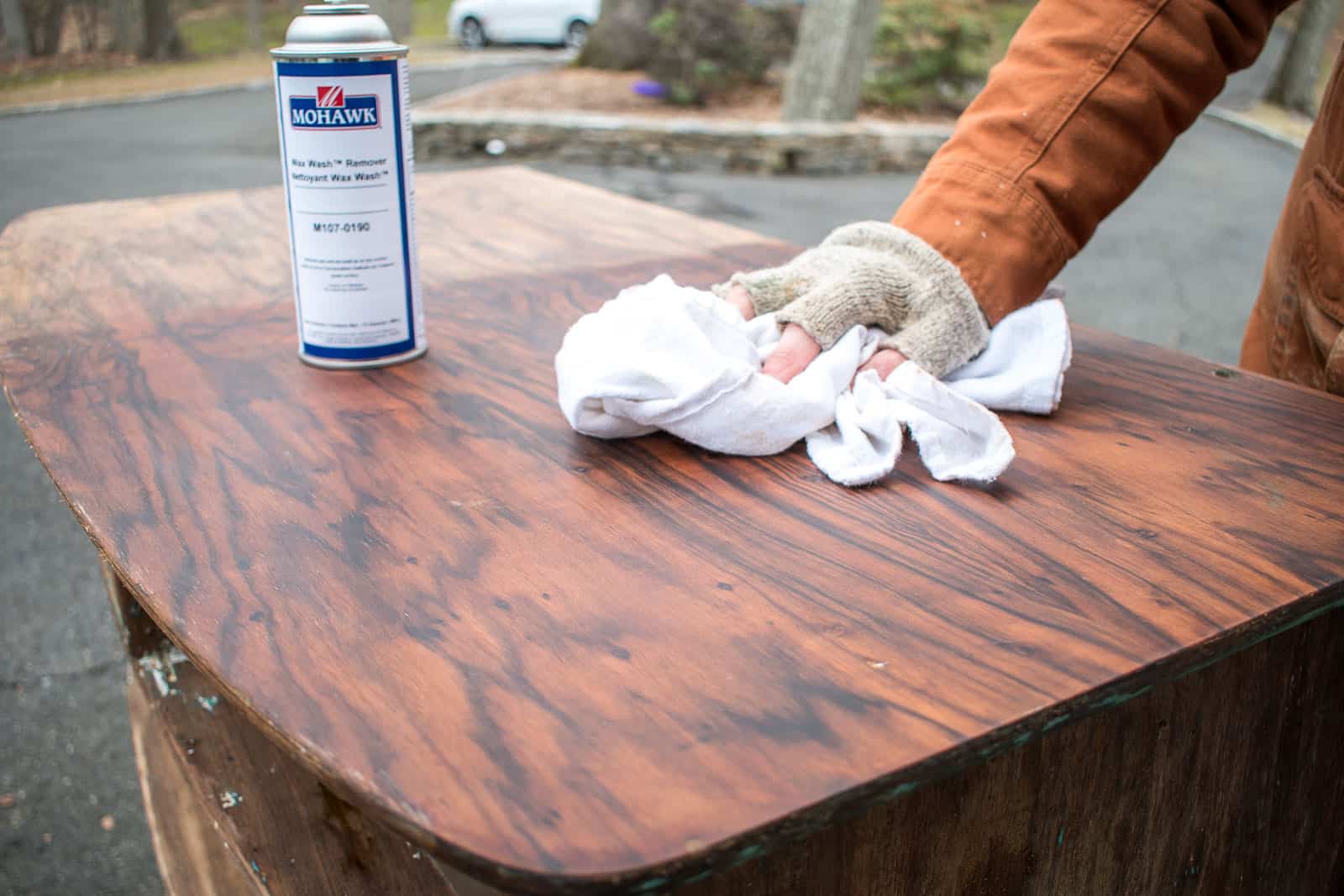Home> Dresser
Dresser Essentials: Master the Art of Organizing your Wardrobe
Discover our expert guide on dressers – from selecting the perfect piece to maximizing storage. Revamp your space with our dresser tips!
How To Make A Dresser Look Mid-Century
By: Emily Roberts • Your Ultimate Guide To All Things Furniture
How To Paint Dresser Without Sanding
By: Samuel Turner • Your Ultimate Guide To All Things Furniture
How To Fix An Old Dresser Drawers
By: Ethan Hayes • Your Ultimate Guide To All Things Furniture
By: Sophie Thompson • Your Ultimate Guide To All Things Furniture
How To Build A Built-In Dresser
By: Ethan Hayes • Your Ultimate Guide To All Things Furniture
How To Store Clothing Without A Dresser
By: Benjamin Parker • Your Ultimate Guide To All Things Furniture
By: Noah Bennett • Your Ultimate Guide To All Things Furniture
How To Strip Paint Off A Dresser
By: Henry Campbell • Your Ultimate Guide To All Things Furniture
